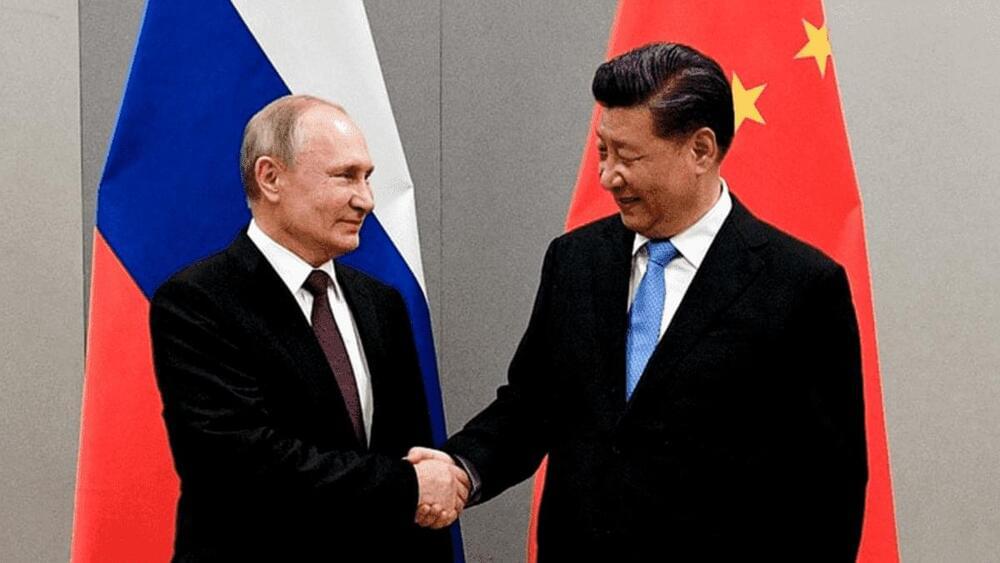For all his genius, he had his tendency to be stuck in his ways — whether black holes, quantum mechanics, or flip-flopping on gravitational waves.
Clearview AI’s face-search tech could be used to uncover infiltrators and to identify the dead.
An experiment conducted on hybrid matter-antimatter atoms has defied researchers’ expectations.
Engineers align the mirrors of the $10bn observatory to produce a pin-sharp image of a star.
When NASA astronaut Mark Vande Hei launched into space 11 months ago, he did not know how long he would be off the planet, let alone that he would be up there long enough to set any records.
But when the clock strikes 12:24 p.m. EDT (1624 GMT) today (March 15), Vande Hei will claim the title of the U.S. astronaut with the single longest spaceflight in history. At a mission elapsed time of 340 days, 8 hours and 42 minutes, Vande Hei will surpass the duration logged by NASA astronaut Scott Kelly on March 2, 2013.
Tesla inflates, SpaceX launches, Elon Musk gets mad.
Tesla talks about nationwide inflation, SpaceX launches Starlink and celebrates its 20th birthday, Musk gets mad at Putin on Twitter about Ukraine.
The Russian government is now facing a digital storage crisis as Western cloud services have pulled their services from the country.
Western cloud storage providers have pulled out of Russia following heavy Western sanctions designed to cripple the Russian economy. According to reports, the Russian government is looking at several different ways to solve the problem of finding hosts for Russia’s data, and some of those solutions include leasing all available data storage across Russia or seizing all data storage from Russian businesses that have left the country.
The last-mile mobile health services provider, DocGo, has announced the delivery of its new all-electric, zero-emissions ambulance that eliminates the pollution of a standard gasoline ambulance.
The all–electric vehicle will be the first of its kind to be registered in the U.S. The new vehicle has been developed in partnership with Leader Emergency Vehicles in South El Monte, CA, and marks the first step towards “Zero Emission,” the company’s latest sustainability mission to have an all-electric fleet by 2032.
DocGo stated that its new vehicle produces 1/10th of the pollutants expelled by a standard gas-powered ambulance. In addition to being less harmful to the planet, the electric ambulance has the potential to lower patient transportation costs due to lower fuel costs and maintenance needs.
The sell-off in technology stocks continues in China. It’s affecting big companies like Tencent in light of a possible help to Russia.









